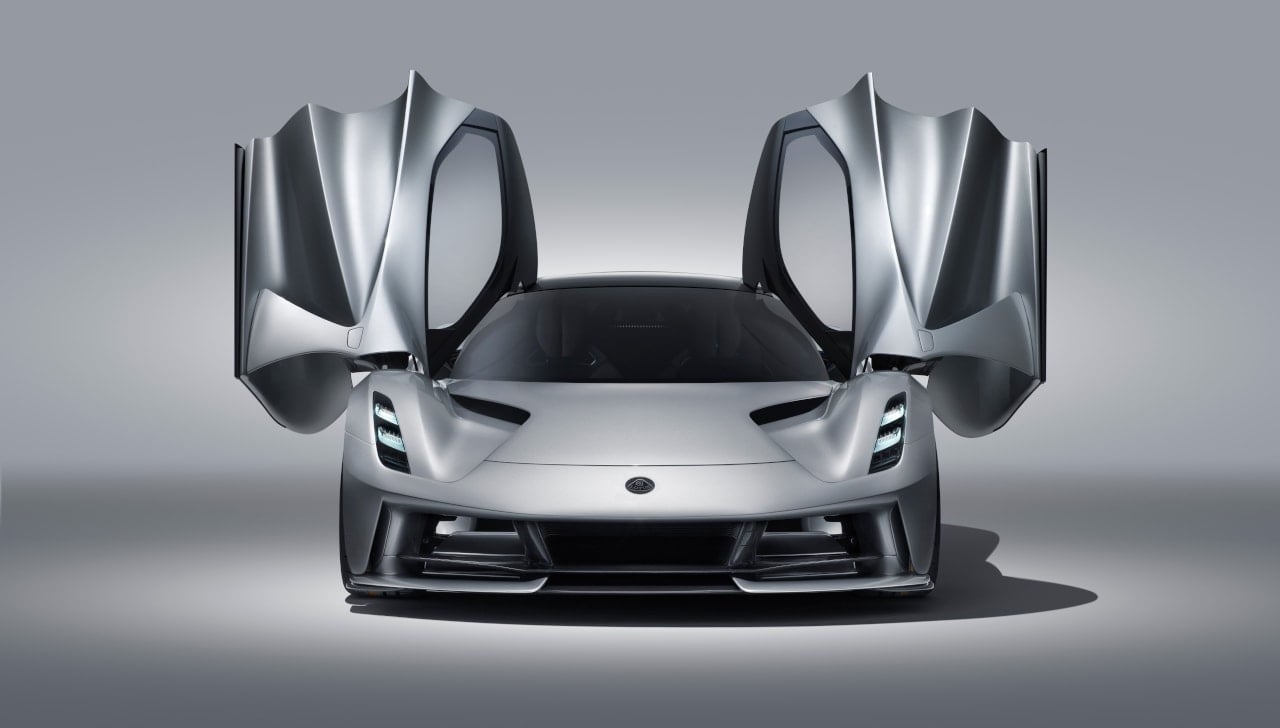Hyper cars costing millions of dollars are the new playground where you flex your muscle and showcase your technology prowess. It is also where you win respect and also the attention of the motoring world. Lotus is a small carmaker which till now might have been the back bencher had it not revealed this. But with the 2021 Evija it has the world sitting up and finally taking note of this famous motoring icon.
Related: With the 2021 Roma, Ferrari heads back to its roots
Lotus is a revered name in motoring circles and it is best known for its lightweight sports cars like the Elise and the Evora. If you turn back the clock, it had ambitious plans to take on Ferrari years back. But that turned into an ugly corporate tussle.
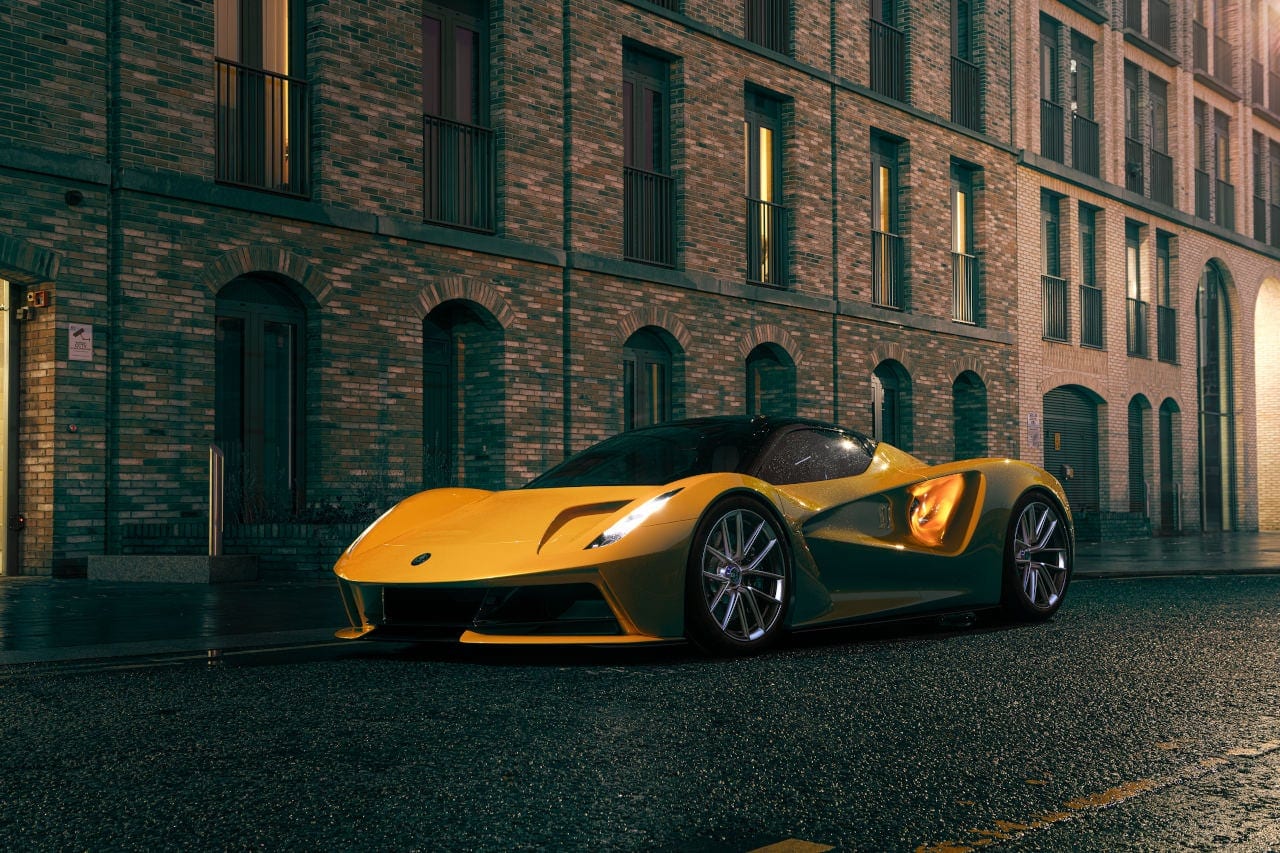
Canada’s best luxury website: The first electric British hyper car
That said, here is Lotus again being bold and turning the volume up to the max with the Evija. It is no small, lightweight in-expensive street legal racer. Instead it is a hyper car costing more than $2 million. Evija is ready to battle with anything from the likes of the Bugatti Chiron, AMG Project One (currently enduring a long gestation period) and also the hyper cars from Rimac, Koenigsegg and Aston Martin.
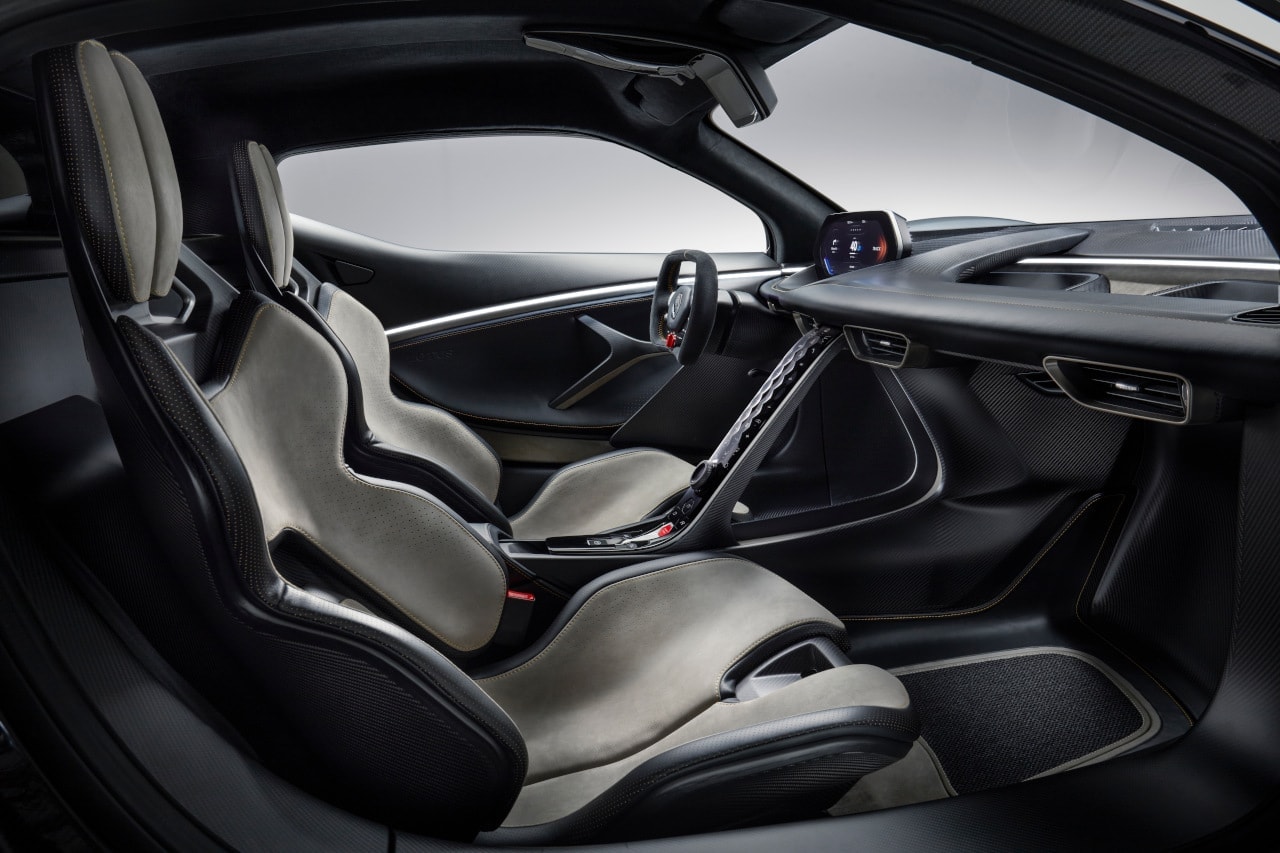
The new Lotus is touted as the first all-electric British hyper car and takes only electricity as its partner to gain a surreal level of performance and speed. Under the ownership of Geely, it is a forward-looking hyper car and a renaissance for this sports car maker.
A race car look and feel
It has a beautiful name to start with as it is pronounced ‘E-vi-ya’, fitting taken from Eve, the first in the existence. Evija also looks pretty with a proper futuristic hyper car shape. It is incredibly low to the ground and carbon-fiber is pretty much everywhere on this low-slung missile.
A lot of the inspiration has been taken from aeronautics, notably the massive Venturi tunnel. It looks very much like a Le Mans racer from the rear while the red LED signature is very much the icing on the cake. It is a design which has plenty going on to cool the battery pack and also for aerodynamics. To a naked eye, oblivious to all this, the Evija is a sensational looking hyper car.
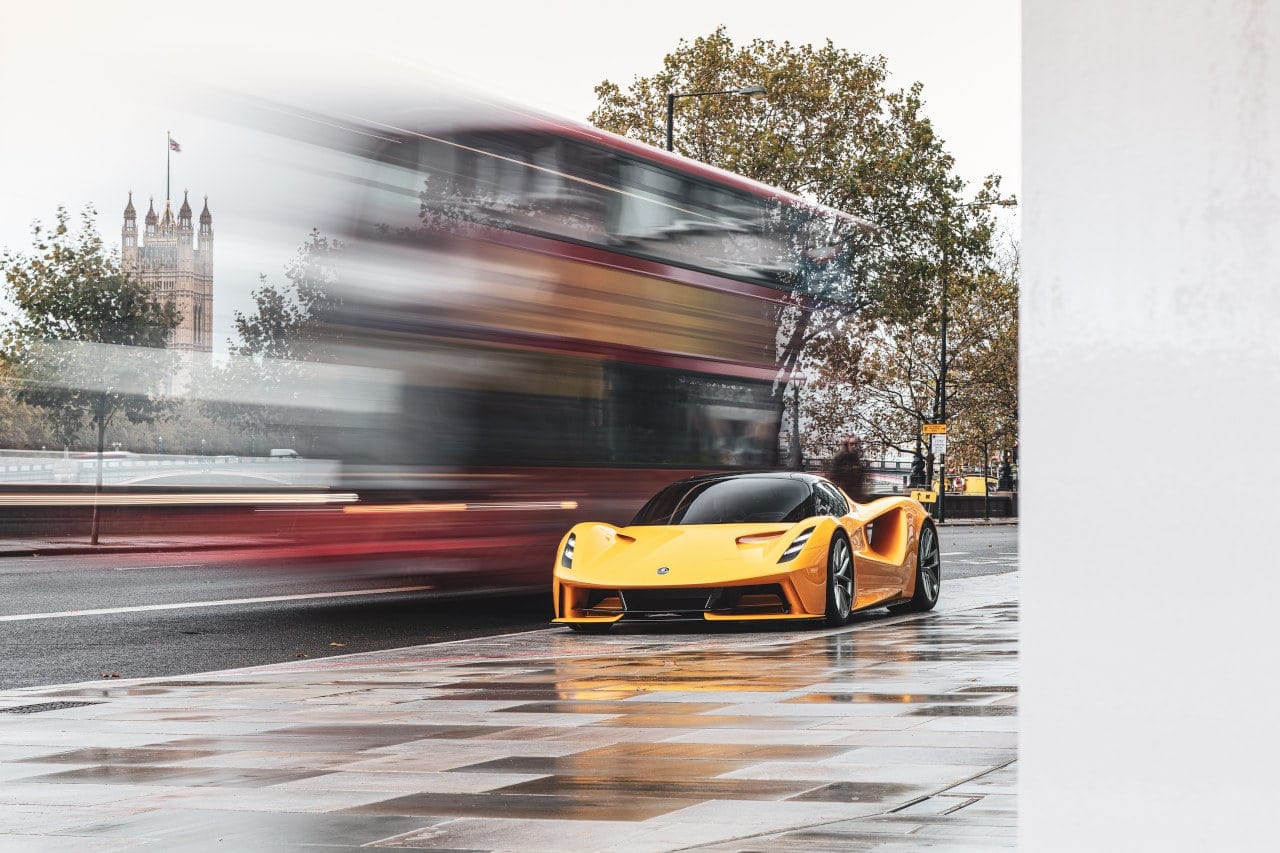
Uniquely shaped steering wheel
With such an exotic car, something as mundane as door mirrors are exempted. Cameras are used instead. The interiors, similarly, are quite sci-fi and gives the impression of a spaceship. Entry is via two hands-free dihedral doors while yet again, carbon fiber is scattered all over.
Everything has a minimalistic, racing-car vibe with Alcantara trimmed carbon fiber bucket seats, a digital driver display, a “mode” controller and a dash with haptic-feedback buttons. Plus a rather uniquely shaped steering wheel.
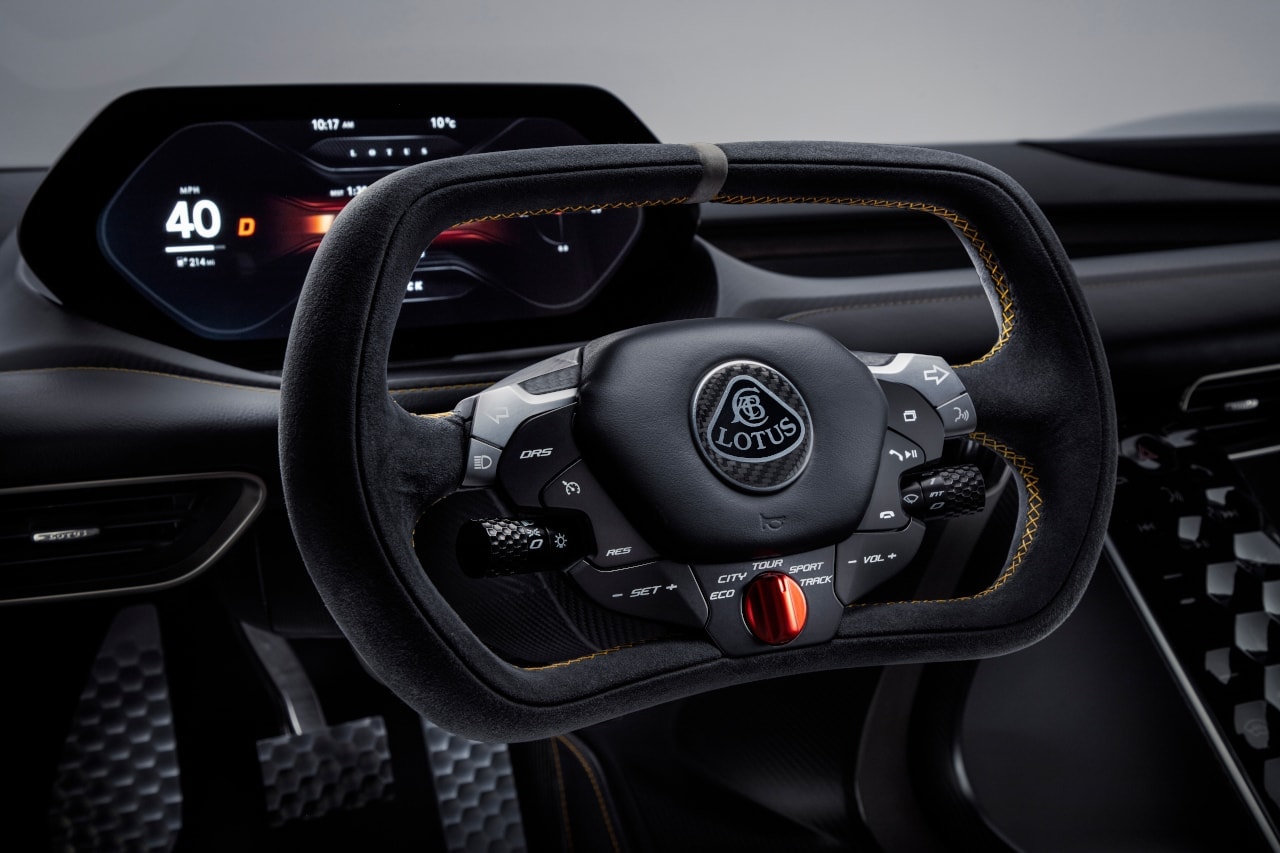
The power figures are slightly unhinged with a “target” of 2,000 PS of power and 1,700 Nm of torque. Being an electric car, that means having a 2,000 kW lithium-ion battery while it feeds a duo of electric motors. In total there are four e-motors along with four single-speed gearboxes. It is four wheel drive while having torque vectoring and more such technologies for extracting all that power.
Rocket ship acceleration
With a large battery pack, the Evija might betray the Lotus principle of being lightweight. However it weighs just 1,680kg. We reckon you need a racetrack to fully deploy those electric horses. The Evija can rocket from 0-62 mph (0-100 km/h) in under three seconds while 100-200 km/h is less than three seconds, and 200-300 km/h is less than four seconds. That is incredible however the top-speed is not exactly “a Chiron troubling” 200 mph.
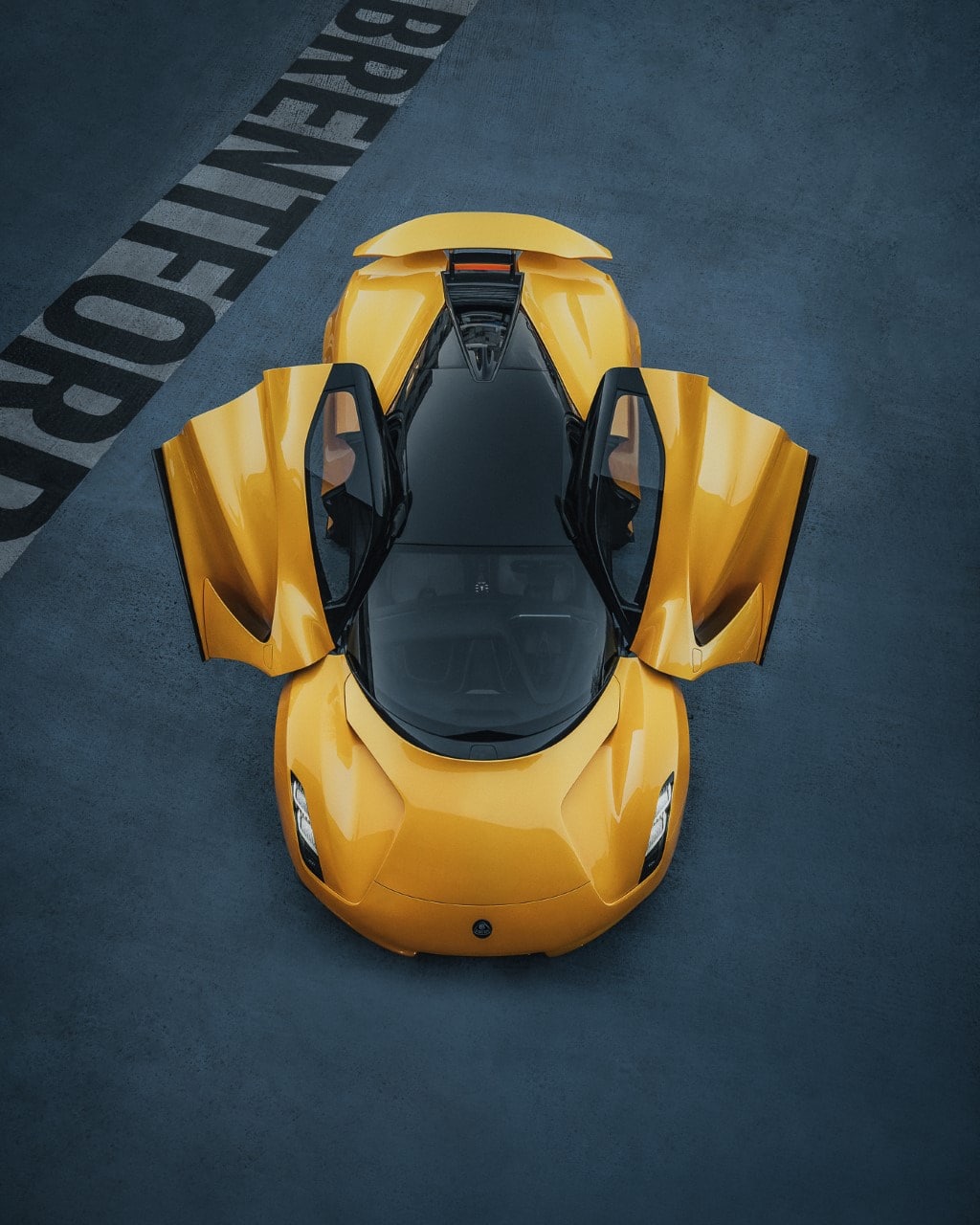
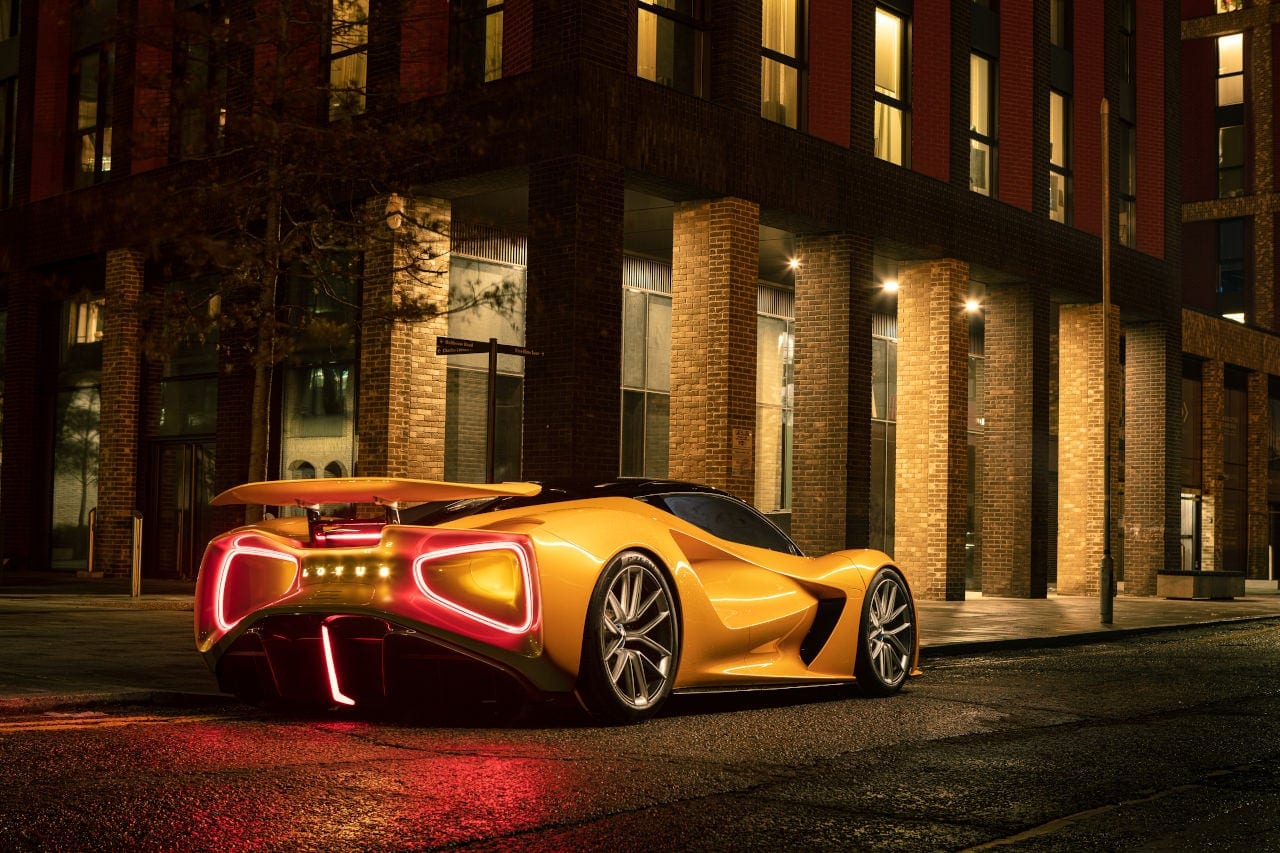
Only 130 will be built but its significance goes beyond that. The 2021 Evija is a tantalizing starter of what is to come from Lotus in the future plus it is a hyper car which embraces electric mobility, while not being boring in any other way. It looks and feels exotic with surreal performance and exclusivity as standard. The Evija might just leapfrog its rivals and be the next hyper car king.


Somnath Chatterjee grew up around cars and most of his childhood was spent obsessing over supercars. Years later he decided to start writing about them and hasn’t looked back since. While he has had his fair share of cars, the world of automobiles never ceases to amaze him. Travelling all over the world to drive them along with sharing that experience is what ultimately keeps him going. He hopes to drive a Ferrari 288 GTO someday because, well, do you really need a reason?



